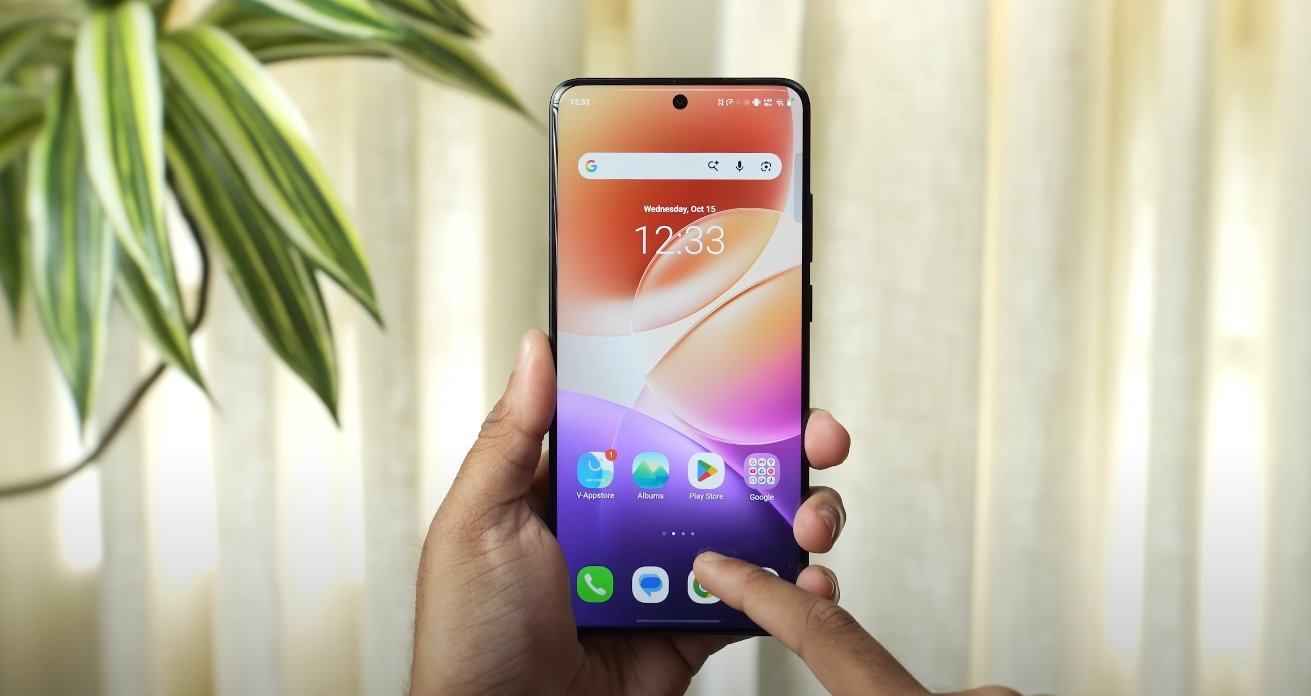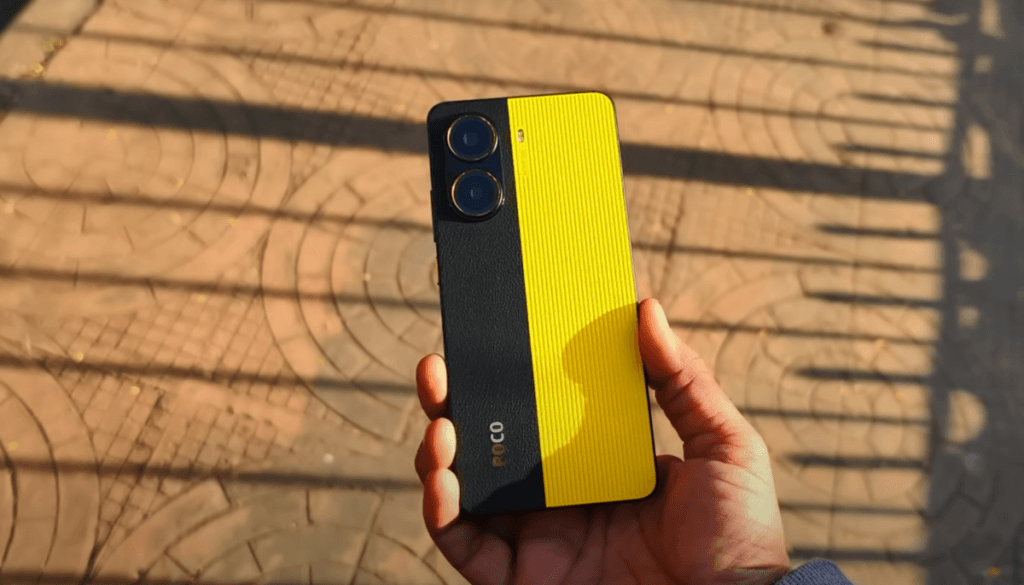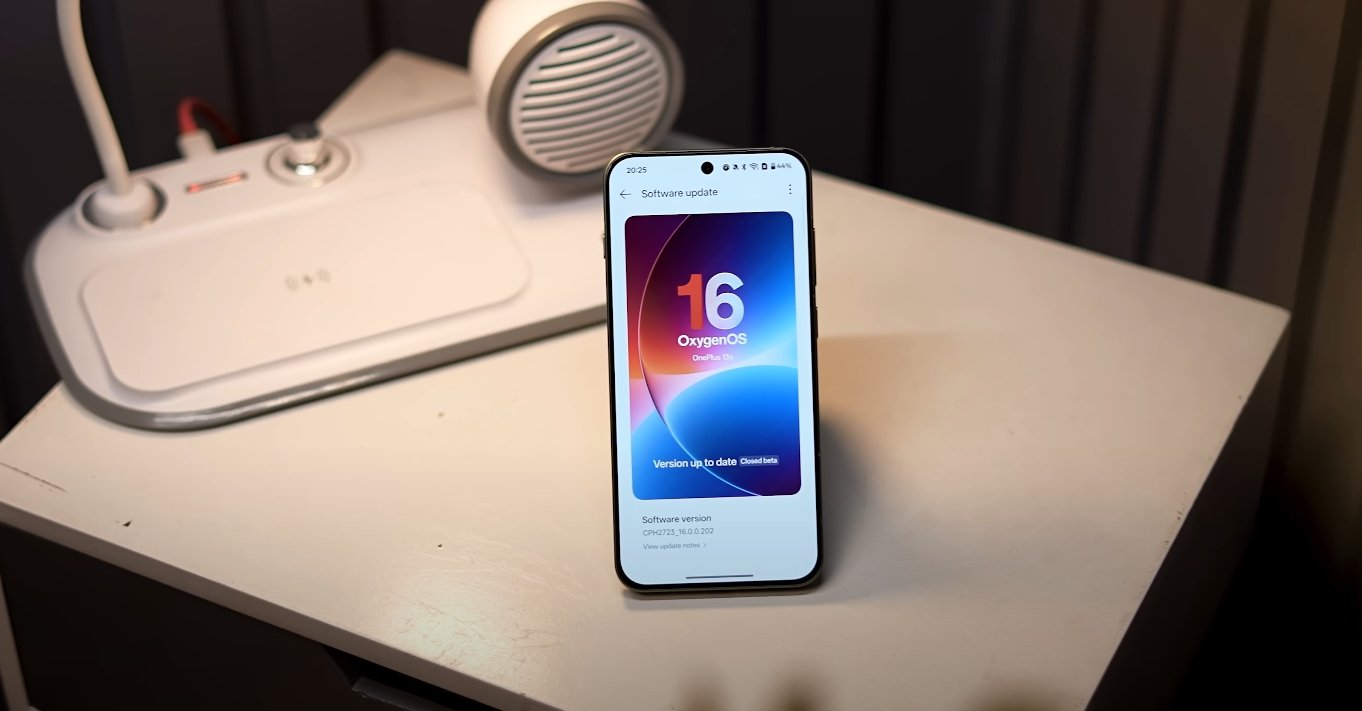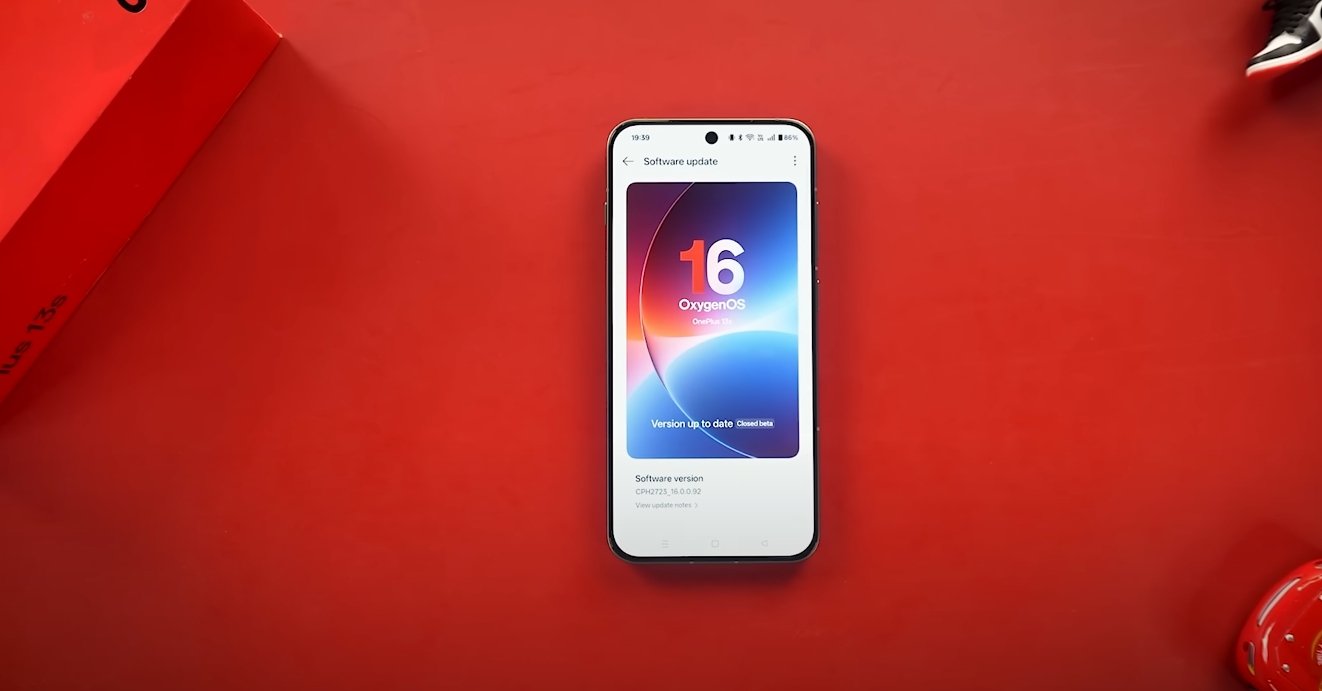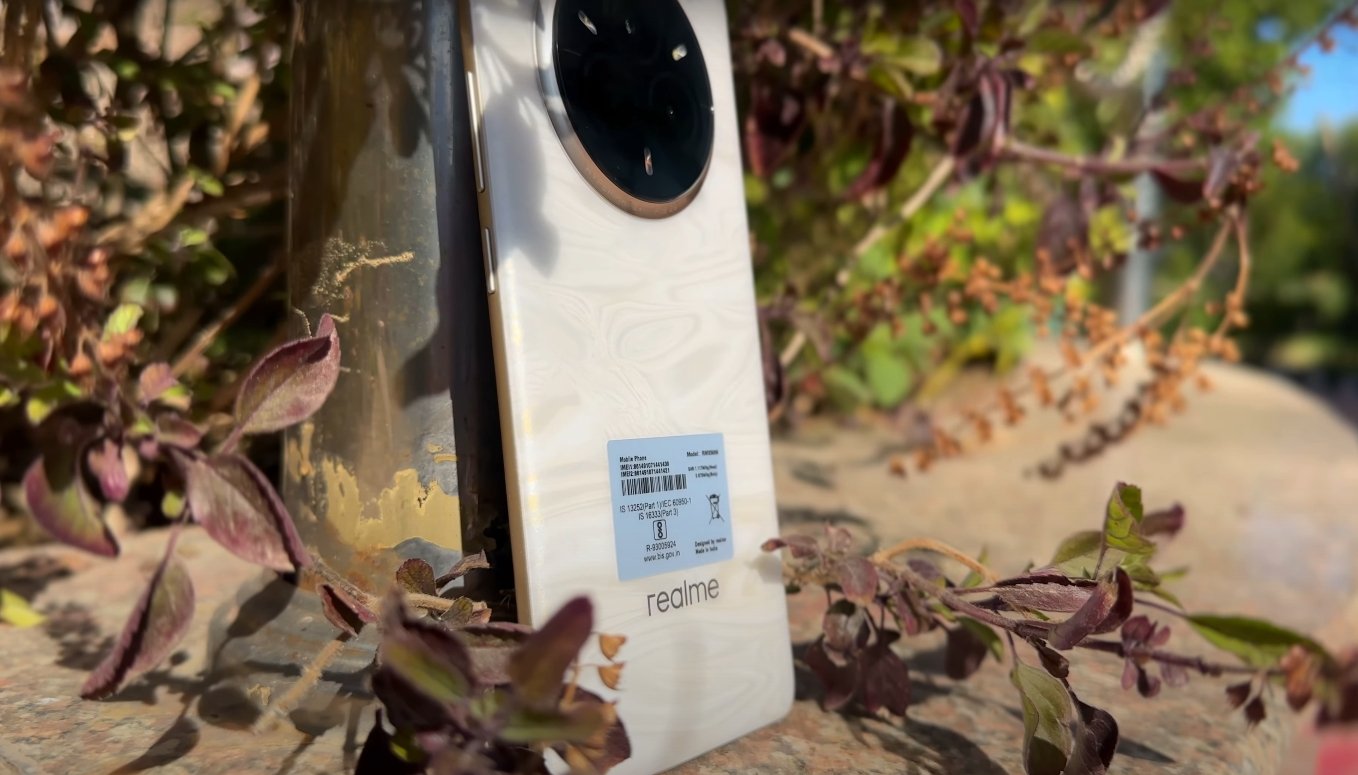Multitasking and Gesture Navigation: Comparing Vivo’s OriginOS 6 with Apple’s iOS 18
When it comes to multitasking and gesture-based navigation, both OriginOS 6 (from Vivo) and iOS 18 (from Apple) offer significant enhancements that reflect their different priorities. OriginOS 6 emphasizes flexible multitasking, floating windows and customizable gestures, while iOS 18 prioritizes smooth system-wide gesture behavior, cross-device continuity and refined multitasking for large screens. This comparison explores how each handles multitasking tools, gestures and workflow for users in the USA.
OriginOS 6: Multitasking Features
OriginOS 6 introduces a range of multitasking enhancements designed for power users and creative workflows. It supports floating app windows that can overlay other apps, resizable split-screen layouts and multi-window drag-and-drop between applications. The system’s multitasking hub, known as “Origin Island”, acts like a live status bar and quick-action space where users can drag items such as images or links from one app to another seamlessly. These features make it easy for users to run, for example, a video call, document editor and browser side-by-side and move content across them without returning to the home screen.
Gesture support in OriginOS 6 is extensive. The system offers multiple edge-swipe functions for navigation, split-screen activation, and floating-window invocation. Users can assign custom gestures to specific functions—such as a swipe up from a corner to open a floating window, or a two-finger swipe to trigger split-screen. OriginOS 6 documentation mentions support for as many as 26 gesture combinations, which gives users significant control over how they navigate and multitask on their device. The system is designed so that transitions between apps and windows are smooth, helping maintain workflow momentum.
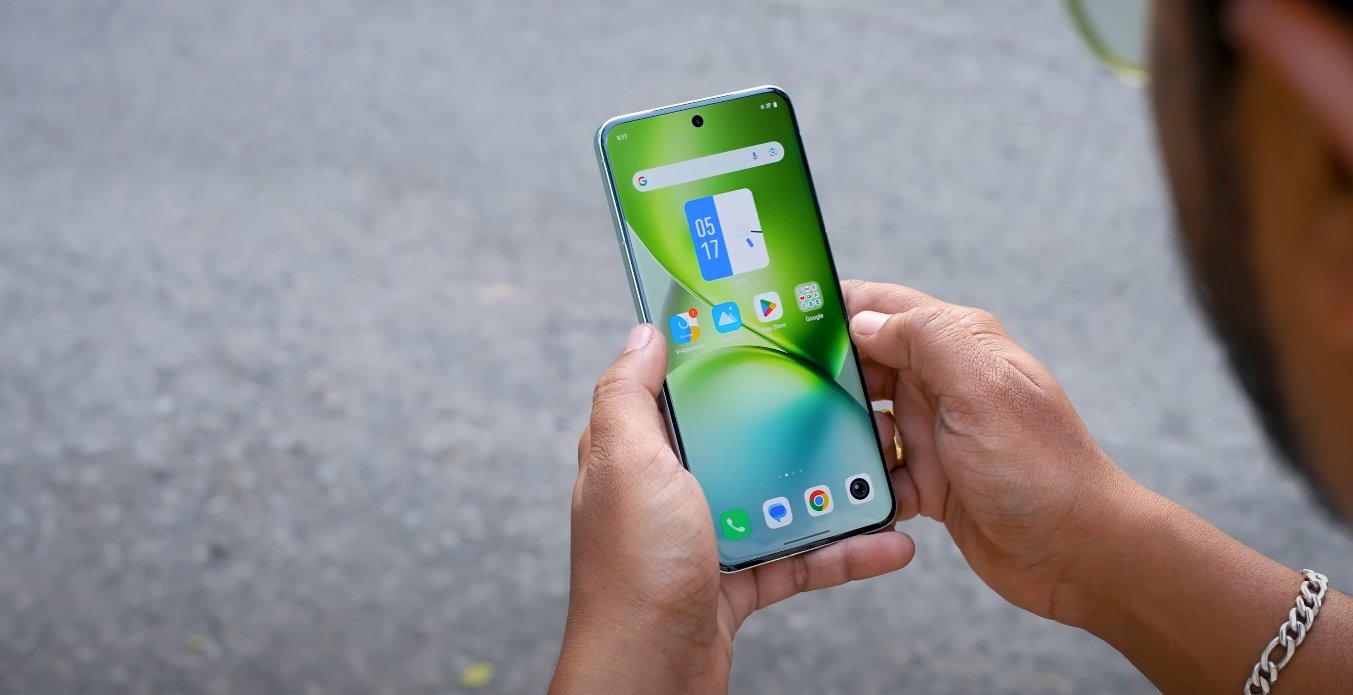
iOS 18: Multitasking Features
iOS 18 continues Apple’s focus on delivering refined multitasking on iPhones and iPads. While multitasking on the iPhone remains more constrained compared to tablets, iOS 18 includes enhancements for split-screen, improved stage management on larger screens and smarter app switching supported by Apple Intelligence. On compatible iPads (via iPadOS 18), users can use Stage Manager to group multiple apps in a windowed layout, switch between stacks and invoke multitasking gestures like pinches or swipes of multiple fingers. The system caters to users who move between iPhone and iPad environments and want continuity across devices.
Gestures in iOS 18 are streamlined and intuitive: for example, swiping up from the bottom returns to the home screen, swiping up and holding brings up the App Switcher, and swiping from the top-right corner opens the Control Center with multiple pages of controls. While not as deeply customizable as some Android skins, these gestures are consistent and integrated into the overall Apple ecosystem, helping users transition smoothly between device types.
Key Differences
-
Flexibility vs Simplicity: OriginOS 6 gives users more control and customization over how multitasking and gestures behave, enabling floating windows, drag-and-drop multitasking and custom gesture assignments. iOS 18 takes a more guided approach, delivering a consistent and polished experience with less customization but tighter integration across devices.
-
Multi-window Support: On OriginOS 6, floating windows and resizable split-screens are part of the experience even on phones, enabling workflows like editing content while watching a video. On iOS 18, full windowed multitasking is stronger on iPads than iPhones; iPhones see improved gestures and smarter app switching but fewer floating windows.
-
Gesture Depth: OriginOS 6 supports a wide variety of gesture combinations (up to 26) and allows user-defined shortcuts, corner swipes and multi-finger gestures for multitasking. iOS 18 uses a more standardized gesture set that works across iPhones and iPads, offering reliability and discoverability rather than breadth of customization.
-
Cross-Device Continuity: iOS 18 benefits from Apple’s ecosystem: gestures and multitasking workflows work consistently across iPhone, iPad and Mac, making tasks like dragging content between devices seamless. OriginOS 6 introduces cross-device features (phone, tablet, PC) but the ecosystem breadth and maturity differ.
-
Learning Curve vs Consistency: Users adopting OriginOS 6 may spend time customizing gestures and workflows to suit their style, which can enhance productivity but requires effort. iOS 18 offers a more plug-and-play experience: gestures and multitasking behavior are consistent and predictable, beneficial for users who prefer simplicity.
Which Experience Fits You?
If you’re someone who uses your phone like a mini workstation—toggling between multiple apps, dragging content between windows, customizing gestures to your workflow—OriginOS 6 provides a rich set of tools for multitasking and navigation customization. It’s especially appealing for users who value control and are comfortable exploring settings and layouts.
If on the other hand, you prioritize smooth, dependable gesture control, strong device continuity (especially if you already use other Apple devices), and prefer an interface that “just works” without needing much setup, iOS 18 delivers a refined multitasking and navigation experience. It thrives in an ecosystem where everything is integrated and consistent.
In summary, both operating systems improve multitasking and gesture navigation in meaningful ways, but they target different user profiles. OriginOS 6 emphasizes customization and flexible multitasking workflows, while iOS 18 emphasizes polished consistency and cross-device cohesion. Knowing your preferred way of interacting with your device and how you multitask will guide which platform aligns better with your needs.
Also Read: Nothing Phone 3A Lite video recording quality test USA
